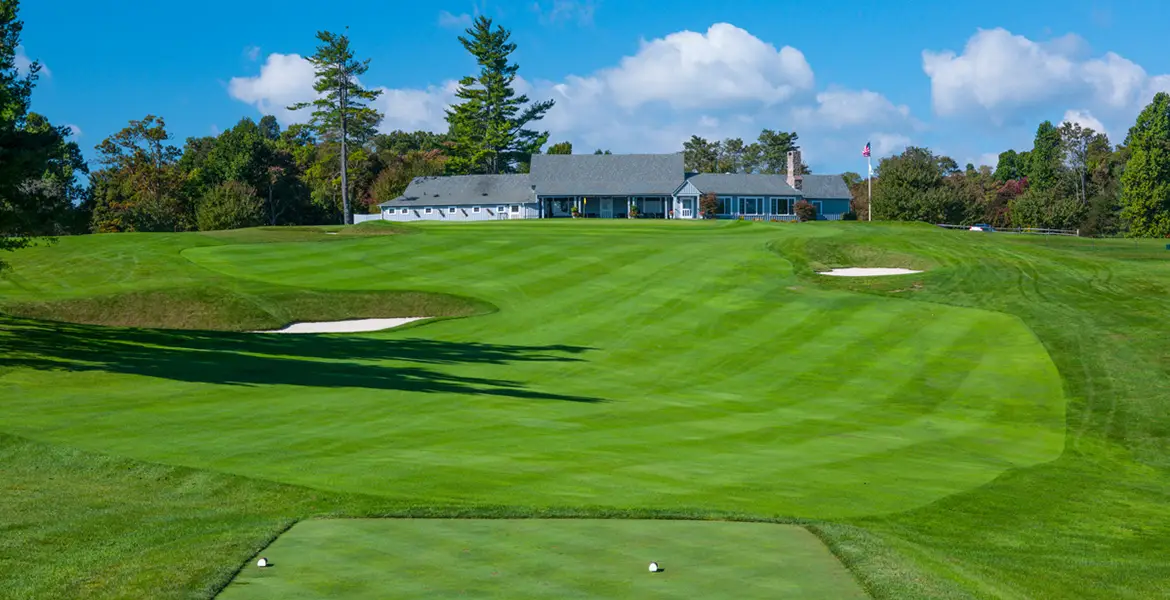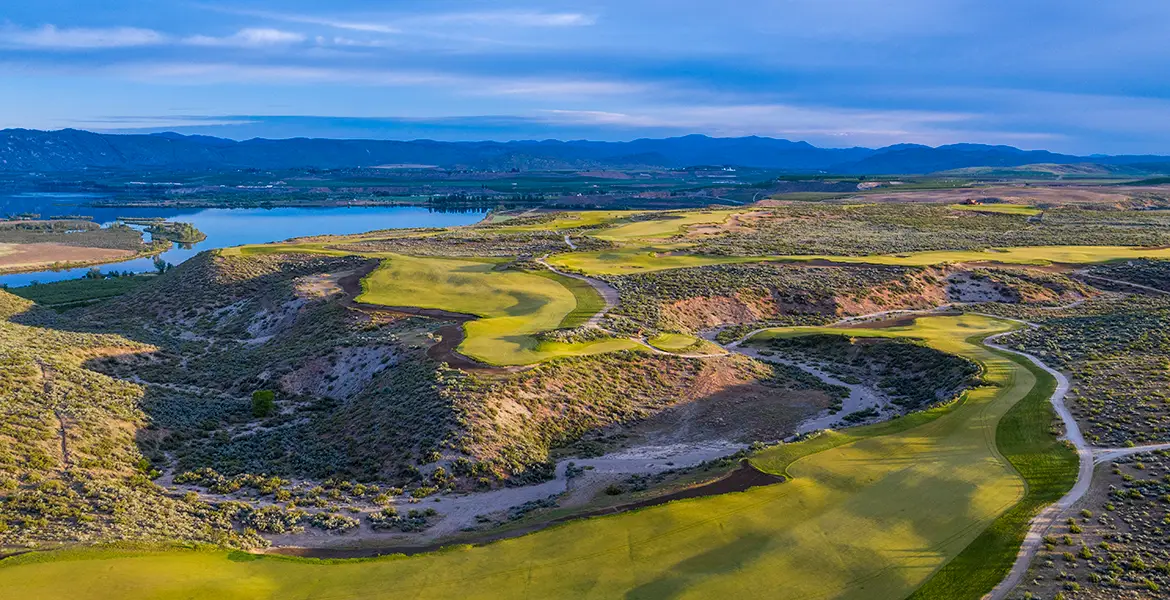Harold Shapland Colt is regarded in many quarters as one of the world’s greatest golf course architects. The Englishman created or redesigned more than 300 top-class courses, including Muirfield, Royal Portrush, Sunningdale Old and New, Royal Liverpool, and Rye, so when he suggested somewhat modestly that Swinley Forest was his “least bad course,” it was an opinion that surprised some but was ignored by no one who was aware of his prowess.
This delightful heathland course, set in an affluent corner of Surrey close to central London and Heathrow Airport, was established back in 1909 by a small group of Sunningdale members who wanted a more tranquil setting in which to relax and enjoy the Royal and Ancient game. They discovered it on a secluded parcel of land on the other side of what is now the A30 and it is to their eternal credit, not to mention the lasting good fortune of golf as a whole, that they selected Colt to design the course.
Colt was employed as Sunningdale’s Secretary at the time. He did not become a full-time designer until just before World War I but he needed no persuasion to accept the assignment and was soon plotting his way through a dense patch of undergrowth that had remained untouched for years.
Famed golf writer Bernard Darwin was one of the first outsiders to inspect the site of what was to become one of England’s most exclusive golf clubs and was left with no doubts about the difficulties the architect faced. “We wandered one fine winter’s morning in what seemed (like) a huge primeval forest,” he wrote. “Mr. Colt showed me as we fought our way through the undergrowth where the holes were to be, as I gazed and wondered at the gift of this golfing architect which seems as mysterious as the water diviner. I carried away memories of lovely bits of woodland and glassy glades through the forest, and I have been trying quite vainly ever since to identify them. When I came next, there was a golf course in being and my glade had vanished into fairyland.”
The original 6,185-yard course was declared playable on September 30, 1911, and some 102 years later it remains much as it was then, resplendent with the rhododendrons the architect planted, an oasis from the rigors of modern-day life.
During the 1999 U.S. Open, a journalist from The Times of London compared that year’s venue, Pinehurst, with Swinley, noting that both featured “glorious, sandy-based turf underfoot and fairways that are lined by trees.” Both also require what Colt himself described as an “infinite variety of short-game options.”
Colt has few peers when it comes to designing short holes but at Swinley there is also a marvelous assortment of par fours, and what the course lacks in length it more than compensates for in that almost every hole has hillocks and knolls Colt introduced so that “errant balls roll off casually exploring nooks and crannies until settling in a spot where gravity can influence them no longer.”
A visit to Swinley remains one of the great experiences in golf. Members who continue to value their solitude may not appreciate my saying this, but it is surely England’s ultimate hidden gem.
Colin Callander is a former editor of Golf Monthly (UK).






